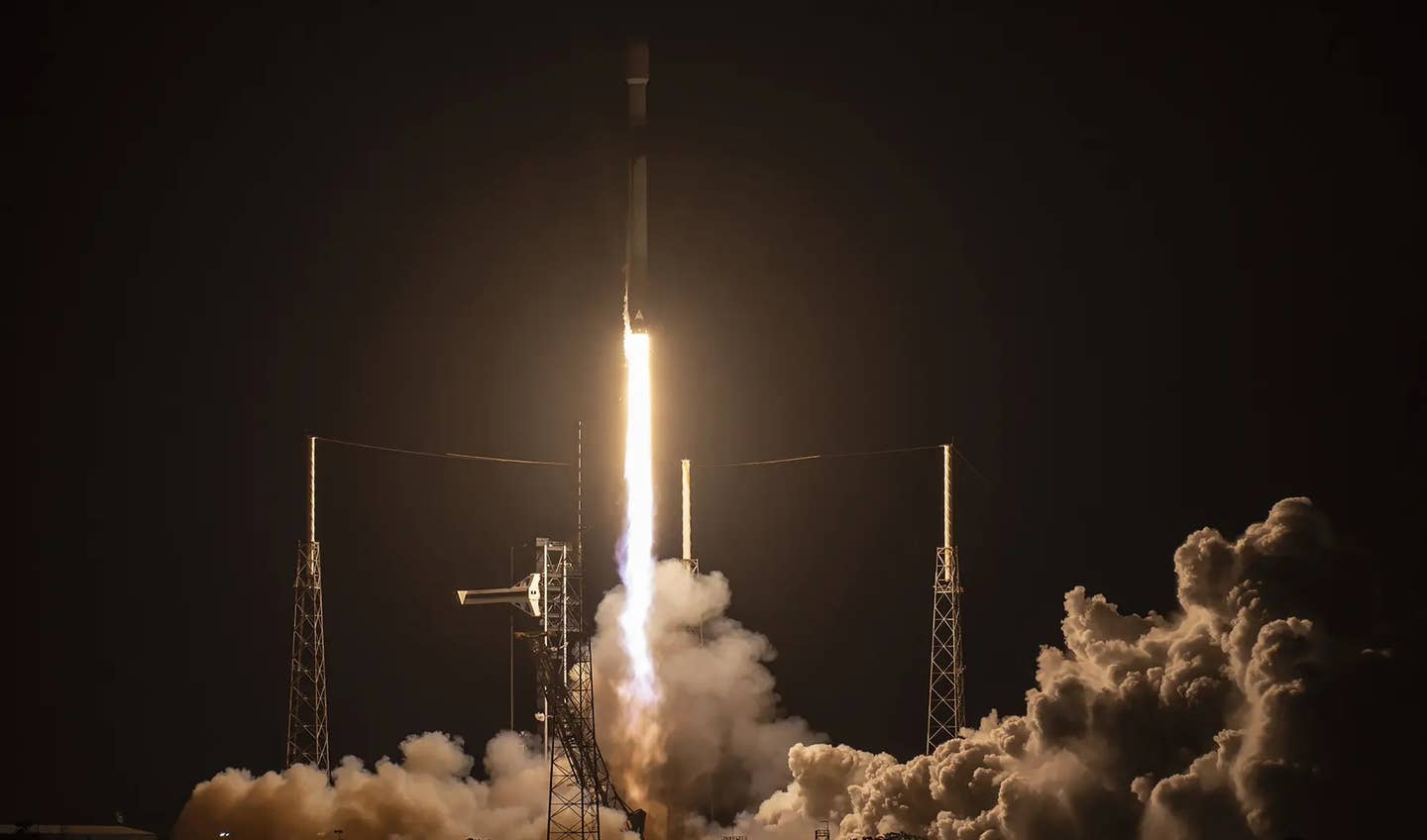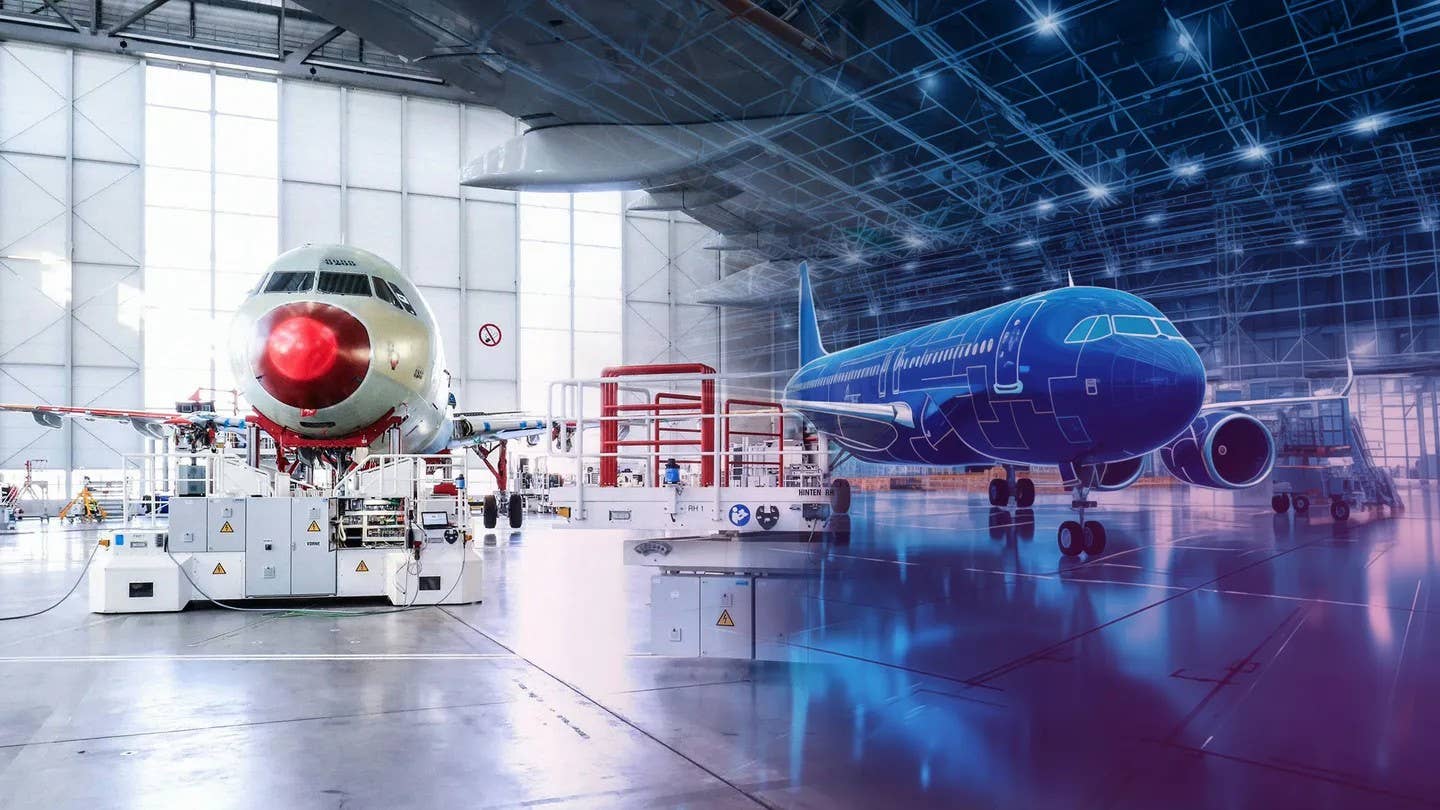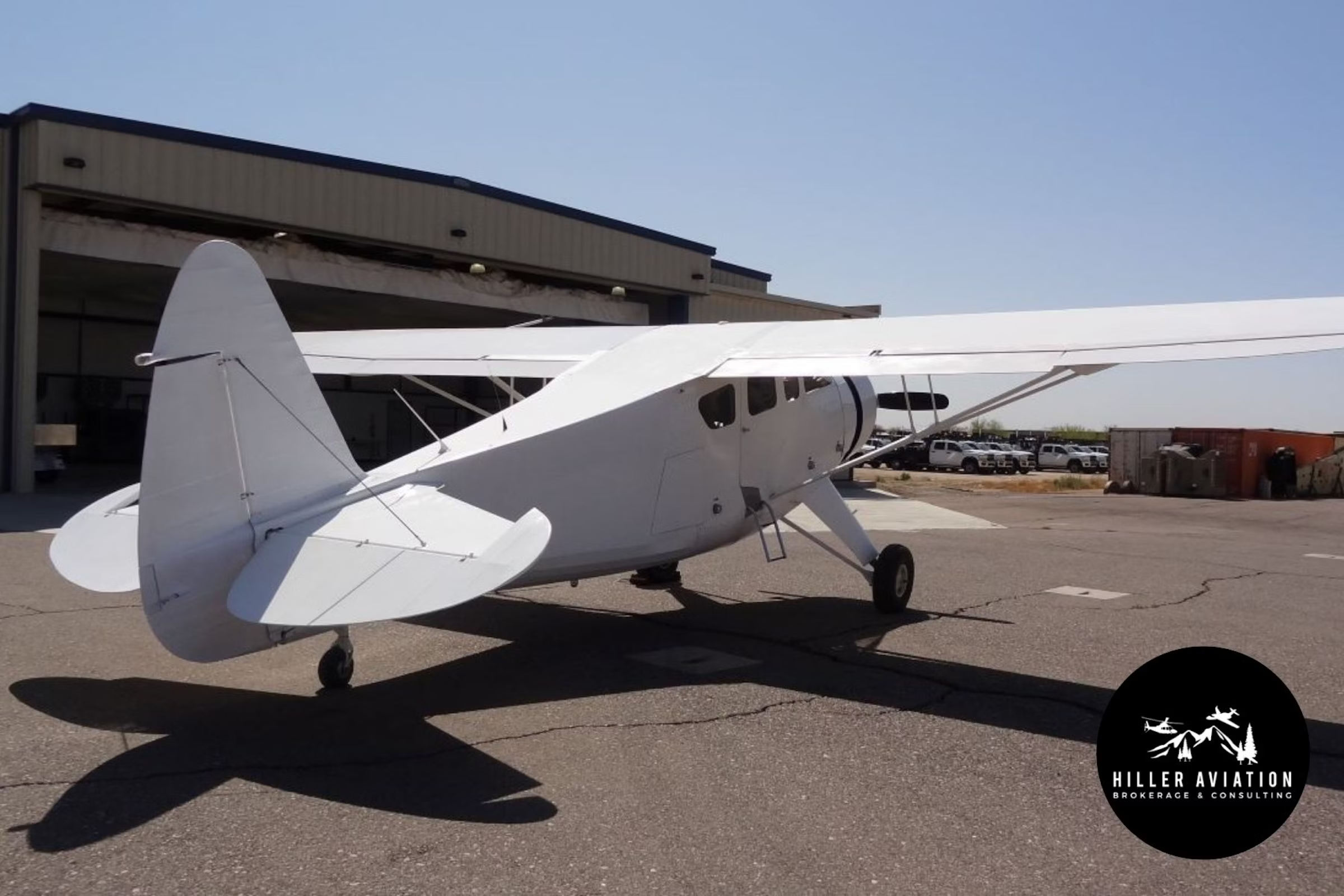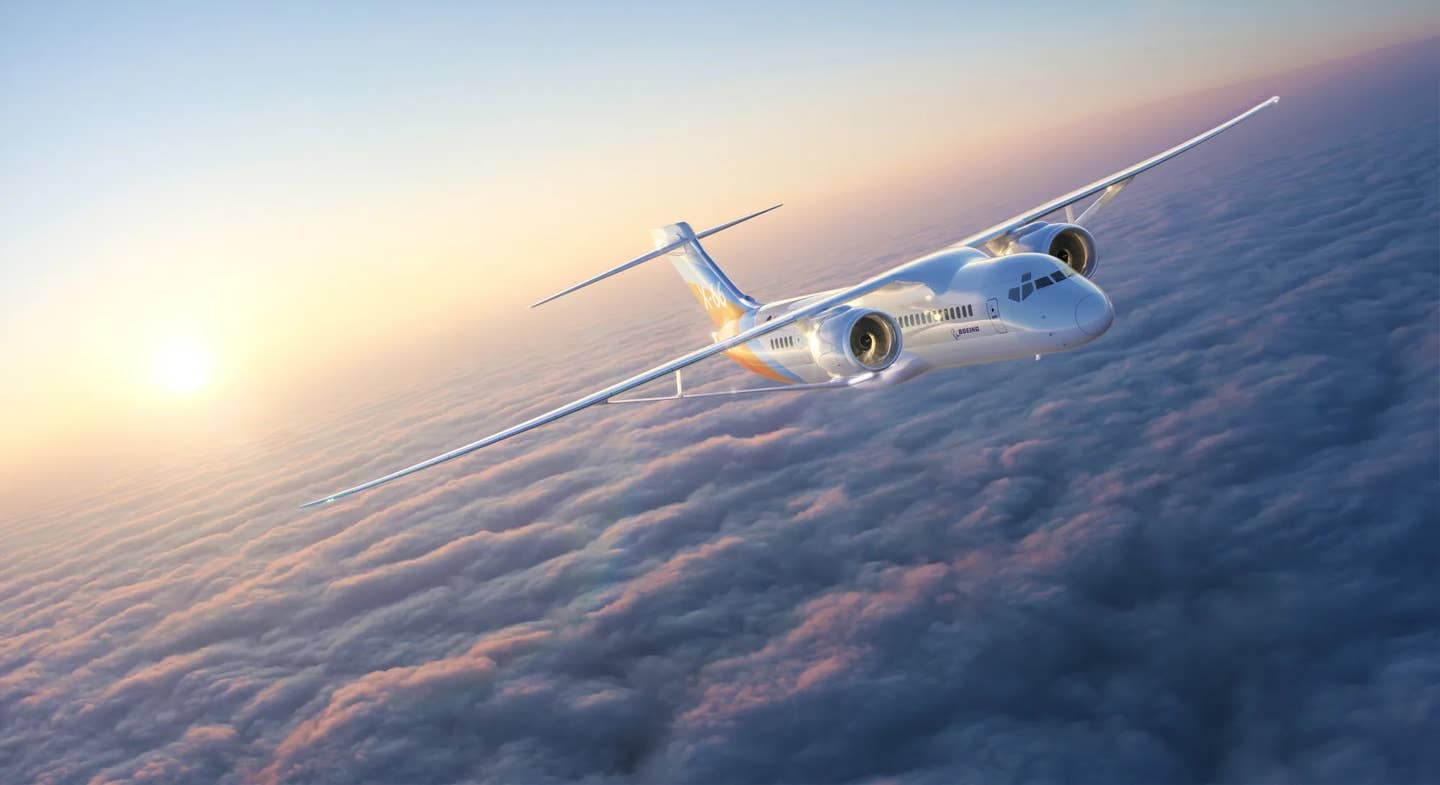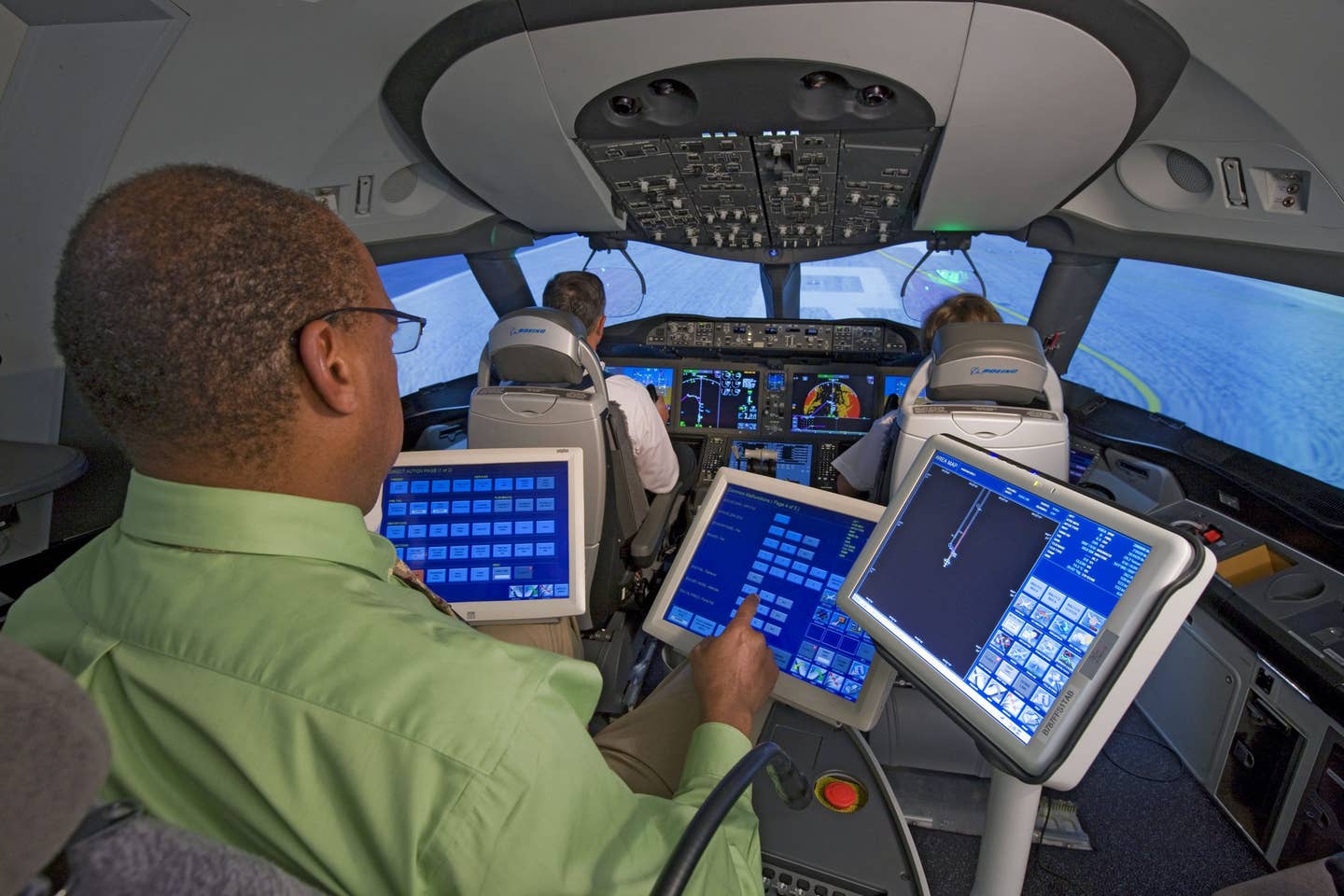
The services and support market for the commercial aerospace industry will total roughly $3.2 trillion in the next 10 years, according to Boeing. Ed Turner
With the release of its Market Outlook (BMO) on Tuesday, Boeing outlined not only its projections for aircraft deliveries and personnel needs for the next 20 years, it also weighed in on an area of growth across the board in aviation, the services and support tied to each market segment.
Boeing Global Services vice president of strategy Jim Bohlman joined Brad Nowak, BGS director of strategy and BGS senior manager of strategy Tina Lewis in a media roundtable. It centered around the recovery of the overall commercial and defense aerospace industries post-pandemic outlined in the Boeing Market Outlook, and how BGS see drivers in that recovery playing out in both the near term and over the next decade.
How the Services Market Plays In
Overall, the Services Market Outlook (SMO) predicts a consolidated $3.2 trillion in services and support to the aerospace industry over the next 10 years, out of $9 trillion predicted in the BMO for the same time period, “with a continued path to long-term growth, signs of industry recovery, and the projected surge in demand for dedicated and converted freighter,” Bohlman said.
“The forecast is up from 8.5 trillion a year ago, and up from 8.7 trillion in the pre-pandemic 2019 forecast, reflecting the market’s continued recovery.”
According to the SMO, one of the most important things that factor into the analysis is how passengers are behaving.
“The key drivers have been confidence and affordability, and for obvious reasons lately, health is also a major factor,” Bohlman said.
The airline industry has proven remarkably resilient, given this focus, with both flight hours and aircraft utilization showing a fairly quick rebound. Even though COVID-19 gave the industry the “most severe shock” it has seen since the jet age began, air travel has come back, gaining strength first in domestic markets that don’t have the pressures of international border travel restrictions.
This recovery is expected to continue in the regional and then long-haul markets, with most of the segments back up to pre-pandemic strength by 2023 to ‘24, according to Boeing.
Sustainability and asset productivity are expected to continue to drive fleet replacements, with the incorporation of sustainable aviation fuel joining reduced fuel burns overall in both lowering total operating costs and reducing the environmental impact of commercial aviation operations.
Pilot Training Impacts
The SMO also tracks the pilot training and flight services portions of Boeing’s portfolio within BGS—and these have also registered significant change as a result of the pandemic and the nature of the recovery.
“As you know, with pilots returning to the workforce en masse, we’re seeing a demand for training—kind of that training bubble as they come back on,” Bohlman said. “There’s not a substitute for full flight simulator-based training where it’s appropriate, and, in that regard, we have been seeing some constraints” because of the ongoing effects of the pandemic.
“There is a very good network of global, in-person, full-flight simulator training facilities out in the market; we certainly participate in that in our training footprint. In [the] areas where we need to be, [they’re] strategically important, and others [are] just based on a pure demand basis.
“The constraint in some of those training campuses has been driven by some of the regulatory [impact] in travel restrictions that are out there related to the virus, so the need to get there in advance, the need to quarantine in some cases prior to coming into simulator facilities.
“We have seen operators want to get as lean as is appropriate, keeping safety first, using non-full-flight simulator technologies to develop and bridge training as pilots are returning to the workforce.”
Bohlman indicated the exploration of advanced technologies such as augmented reality and virtual reality was already underway, and reflected in the SMO.
“It’s an area that, frankly, even without the pandemic just in terms of trends we want to see continue to develop,” Bohlman said. “We think the demand will be there for off-campus training opportunities that are out there, and we’re committed to that.”

Sign-up for newsletters & special offers!
Get the latest FLYING stories & special offers delivered directly to your inbox

